Inspiration for straight line quilting
I love me some free motion quilting, but one of my favorite quilting designs for a fast and easy finish is straight line quilting. This is a tried and true method of quilting and just about anyone can do it easily with the right tools and knowledge. Today, I have some inspiration for straight line quilting to give you ideas for how it can look on different projects. It’s more than just a straight line!
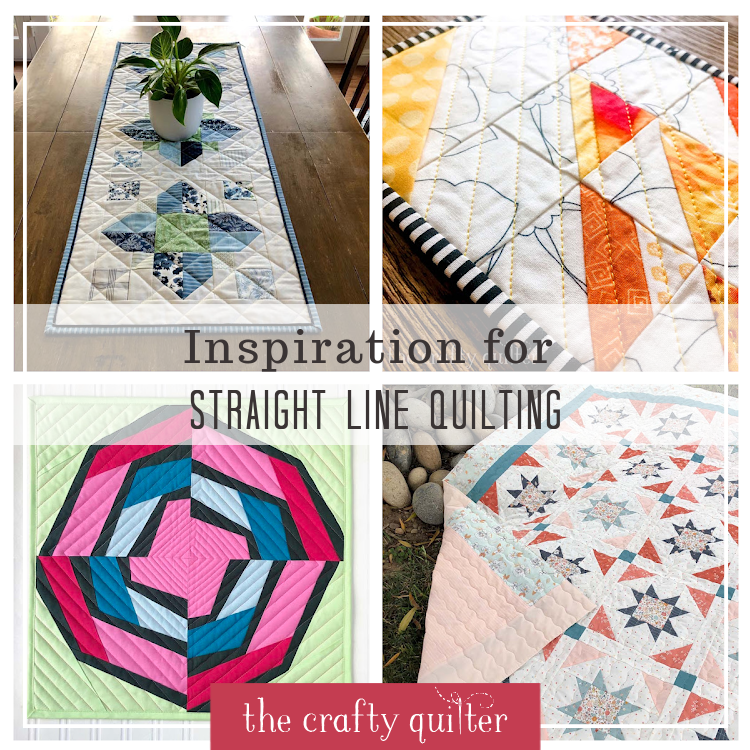
What is straight line quilting?
Let’s double click on straight line quilting. Basically, it’s when you use a walking foot to stitch straight lines onto a quilt sandwich. The lines can be done in a grid or they can be parallel to each other. They can also be wavy or they can echo a straight edge or shape. As with any quilting design, there are many options. For this post, I’ll be focusing on the simpler designs.
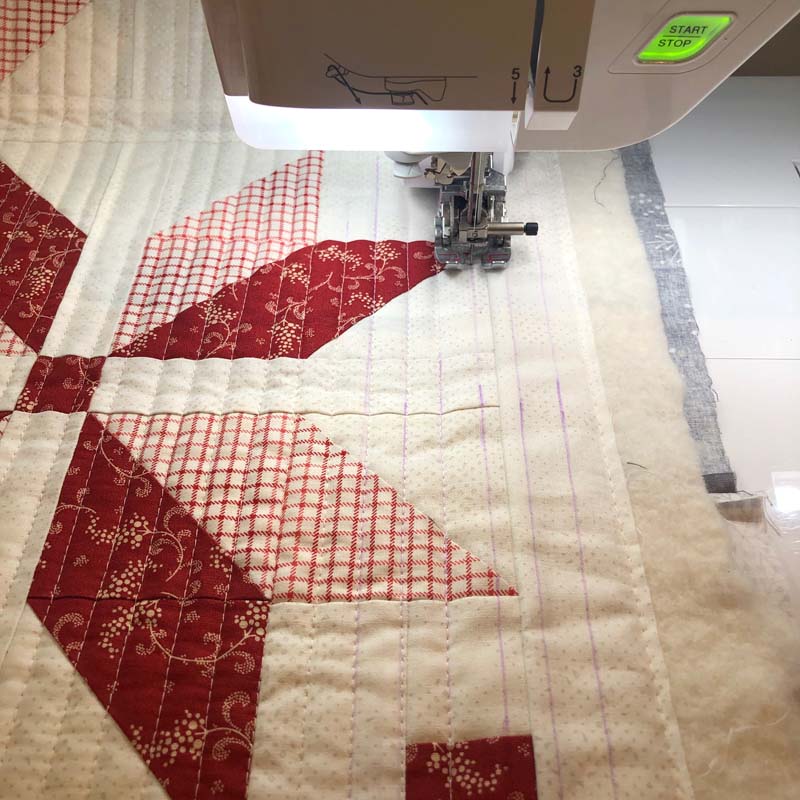
Types of straight line quilting
I would categorize simple straight line quilting into four different groups: parallel lines, grid or cross-hatch, echo, and radial. There are variances within each category, but it’s a good place to start when thinking about how you might want to approach your straight lines. Sometimes, I’ll combine several styles onto one quilt.
Below, you’ll find examples of each category and an explanation of what each is. Most of these examples are my own and you can click on the image for a link to the original blog post. A few examples come from past QuiltCon winners and the individual makers have been cited. I hope these images will help inspire you the next time you think about using straight line quilting for a project.
Parallel lines
Just as it sounds, parallel lines are stitched parallel to each other. I think this gives a quilt a modern look and adds great texture. I often use parallel lines for table runners because it gives them more of a home décor look rather than a quilt.
Parallel lines can be spaced equally apart or they can be grouped into two’s or they can be “organic” without worrying about the spacing. You can mark the lines ahead of time or you can use the edge of your walking foot as a guide or the guide bar that comes with most walking feet. Or don’t mark lines at all and just go for it!
Matchstick quilting is when the lines are stitched very close together and it’s usually on the organic side (not perfectly straight or evenly spaced). Wavy lines can be used, too, and I often use the serpentine stitch on my sewing machine for this. It gives the quilt nice movement as you look at it.
Grid or cross-hatch lines
Back in the day, it was popular to quilt a cross-hatch or grid design onto a quilt. This can give a very classic look to a quilt, but it’s still used in distinct ways for modern designs as well. The grid can be uniform or it can be more varied, depending on the look you’re going for. Often, these lines need to be marked ahead of time and attention may be given to the spacing so it fits the block size.
Echo lines
Echo lines will outline and echo an object or shape. I love the dramatic effect this can have in a quilt. You’ll see this style used often in circles, but since we’re talking about straight lines I’ve limited the examples to that. The last example below has a combination of echo quilting straight lines and free motion quilting.
- Portal, pieced by Carol Dockery, designed by Amy Friend
- Wall Hanging by Julie Cefalu
Radial Lines
I’ve come up with the term Radial Lines to indicate lines that radiate outwards. This can jump into the echo quilting category as well, but not always. I love using radial lines in a “V” shaped pattern or a star burst pattern. Below are examples of radial quilting lines.
Final thoughts
Beyond the straight line quilting ideas I’ve shown above, you can combine styles or you can get fancy with your straight lines or you can go real simple with stitching in the ditch. There’s no right or wrong answer!
Sometimes the hardest part is deciding what to quilt. I have an earlier blog post on How to Audition Quilt Designs that has some great ideas. One of those ideas is to use a clear vinyl material on top of your quilt that you can draw onto with a water erasable pen (such as Crayola Washable Markers). I did this with a recent quilt finish and it really helped. Below you can see the vinyl on top of “Portal”, a mini quilt that was pieced by Carol Dockery and designed by Amy Friend for the August Aurifil Thread Labs. I ended up using that design for the quilting and it turned out great. I marked the center square (diamond) only and then used my walking foot as a guide to space each concentric round. Notice how the spacing gets farther apart as you get further from the center.
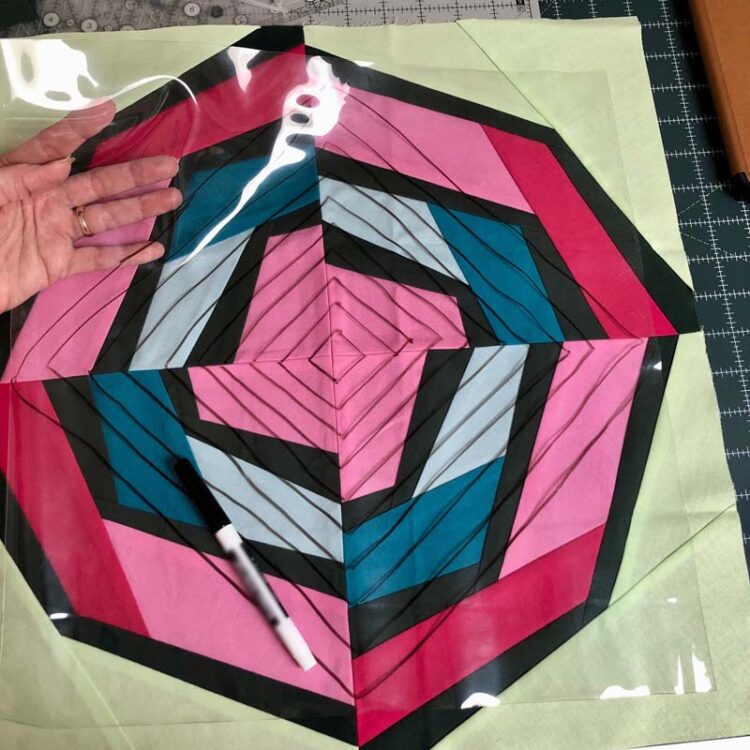
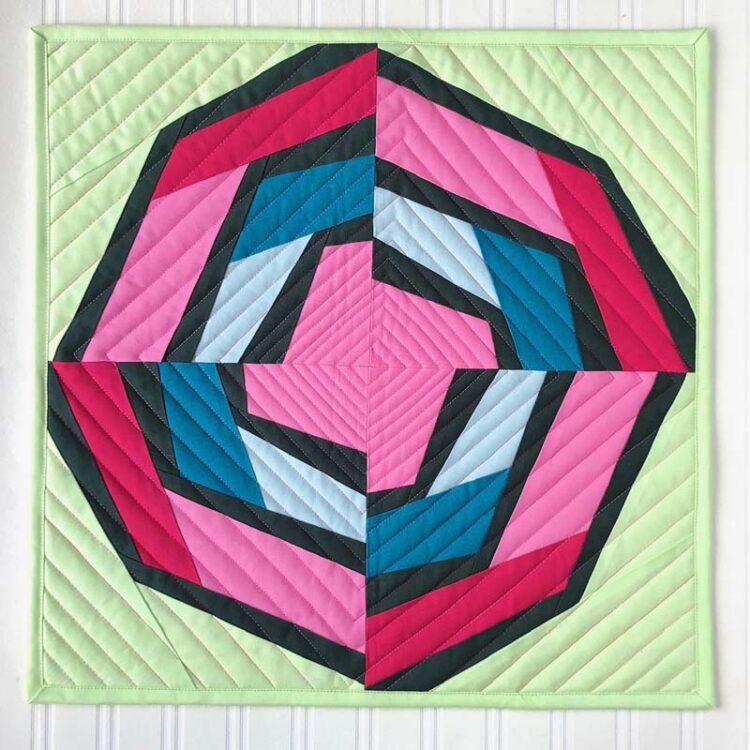
For a complete straight line quilting guide, I highly recommend the book, Walk: Master Machine Quilting with your Walking Foot, by Jacquie Gering. This book has everything you need to know about quilting with straight lines. Jacquie guides you through the entire process and covers both basic and intricate designs. Her second book, Walk 2.0 More Machine Quilting With Your Walking Foot, offers more pattern ideas and shows examples of the same quilt top quilted with different designs.
I hope you found these examples of straight line quilting helpful and inspiring. I love using this style of quilting for its ease and speediness (generally speaking). The sky is the limit when it comes to quilting lines!
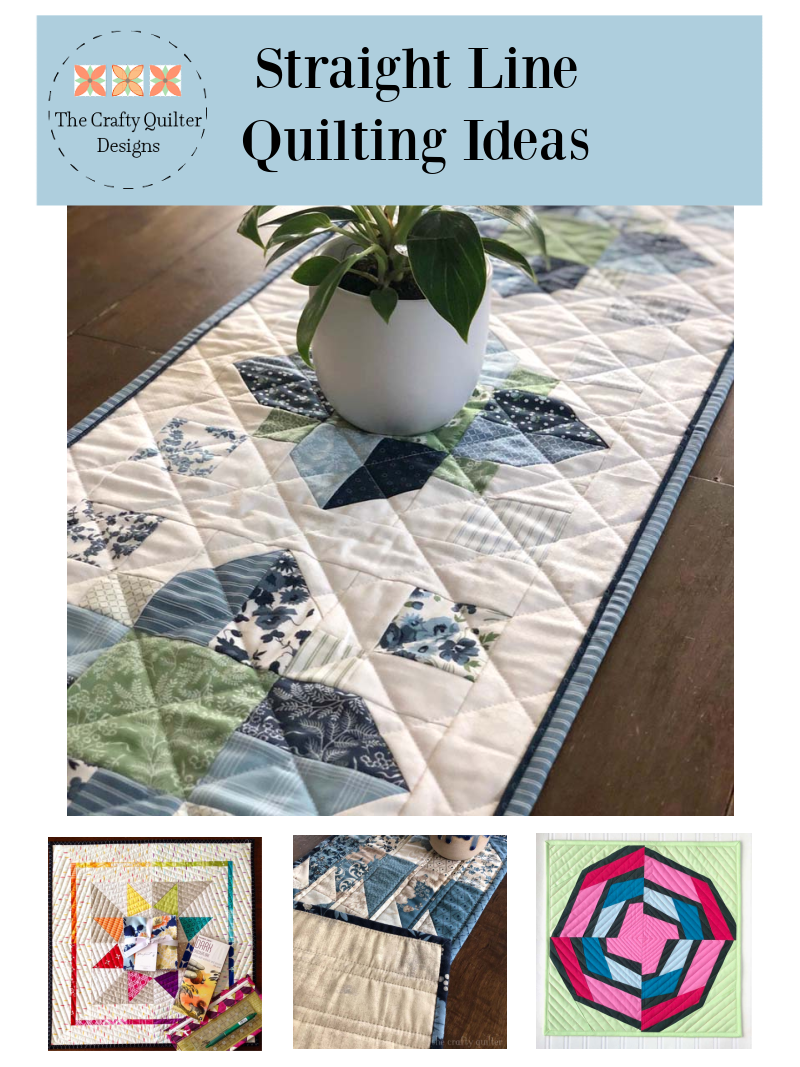
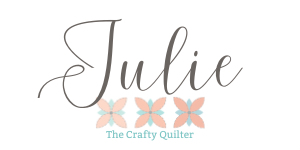
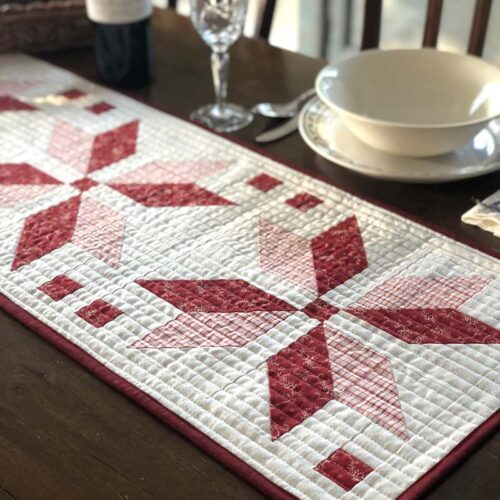
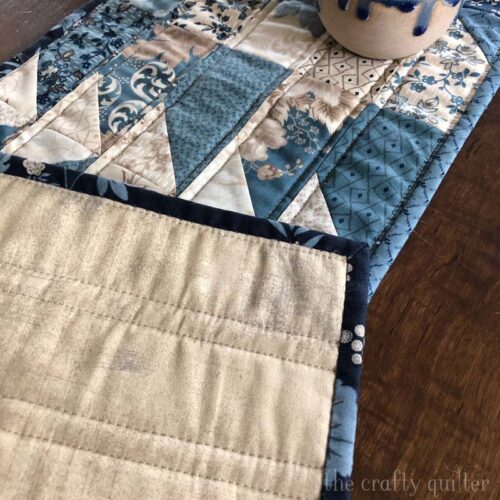

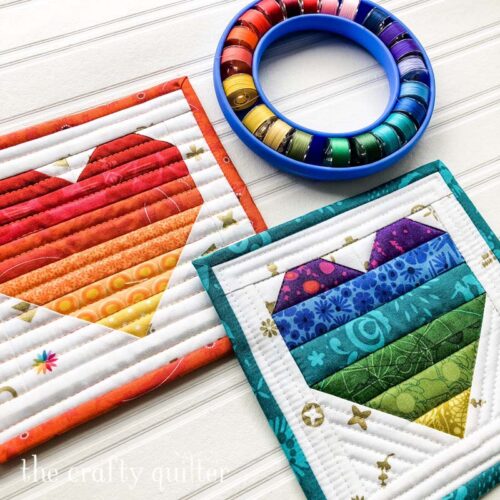
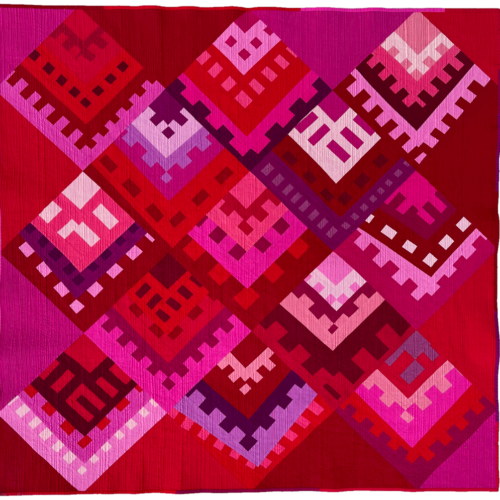
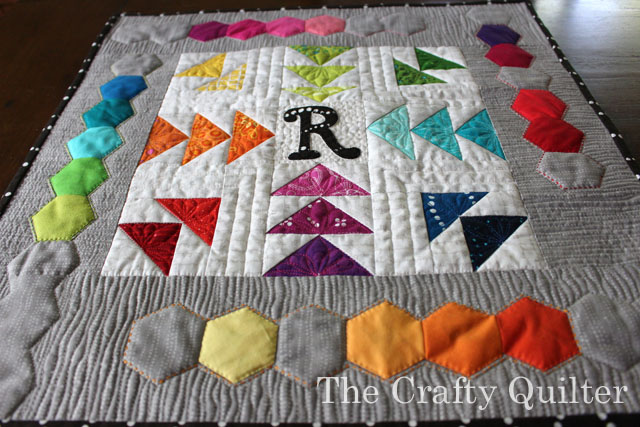
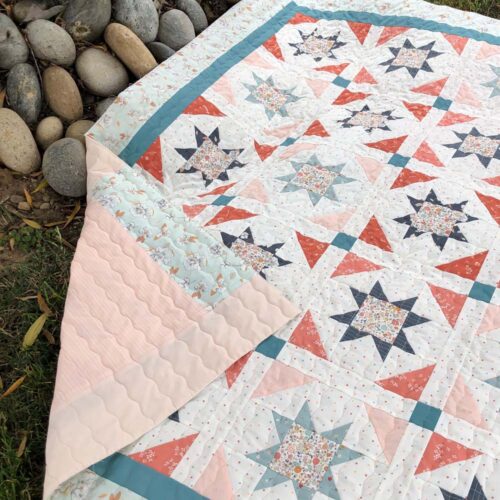

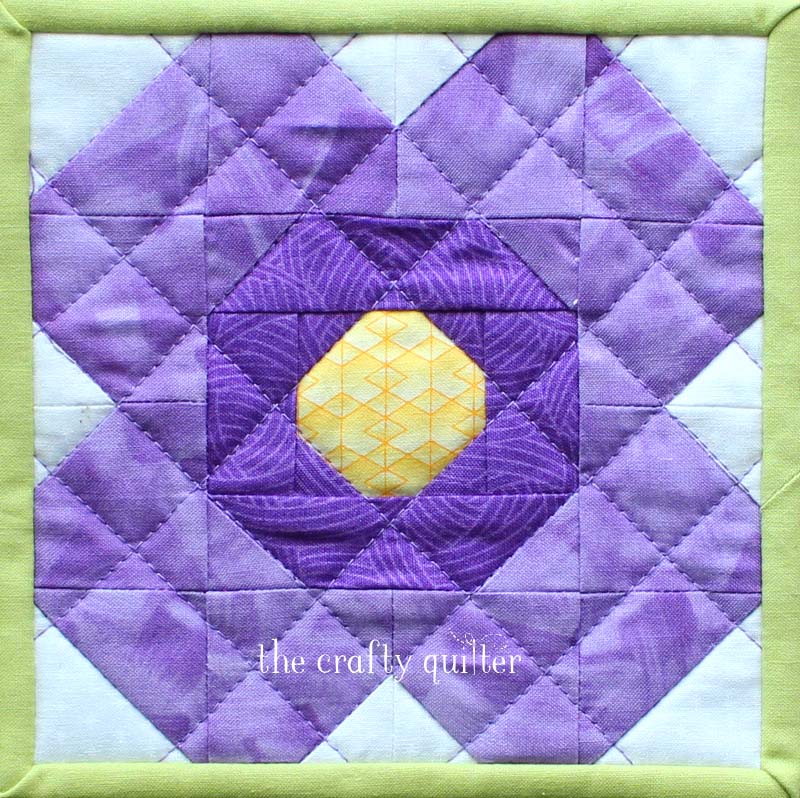



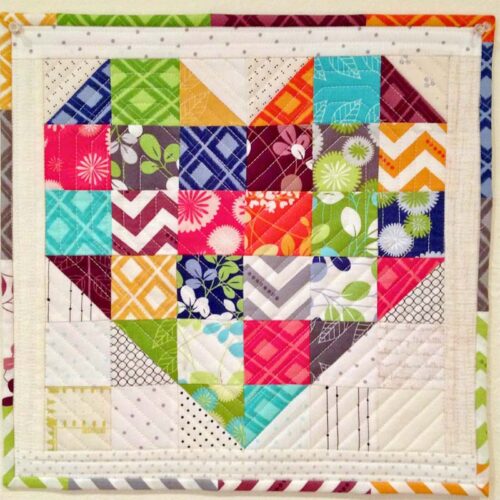


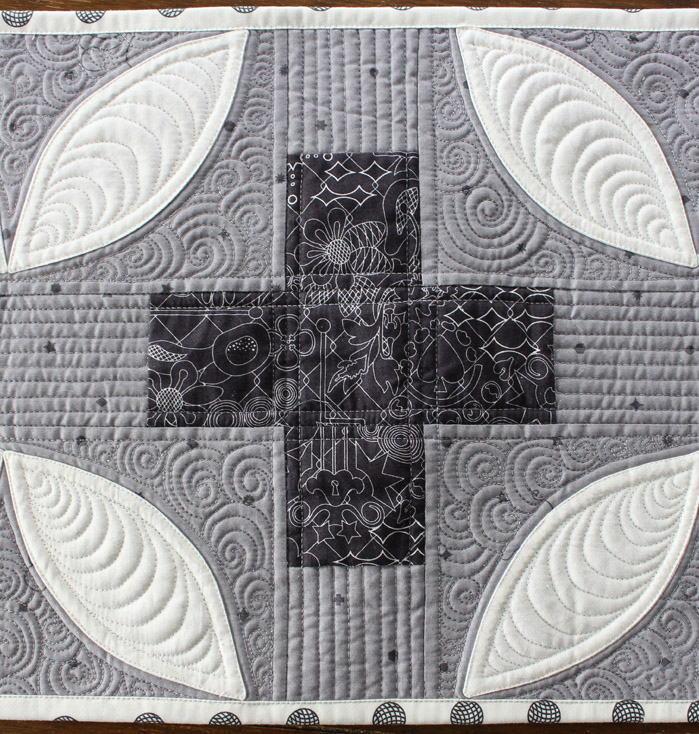
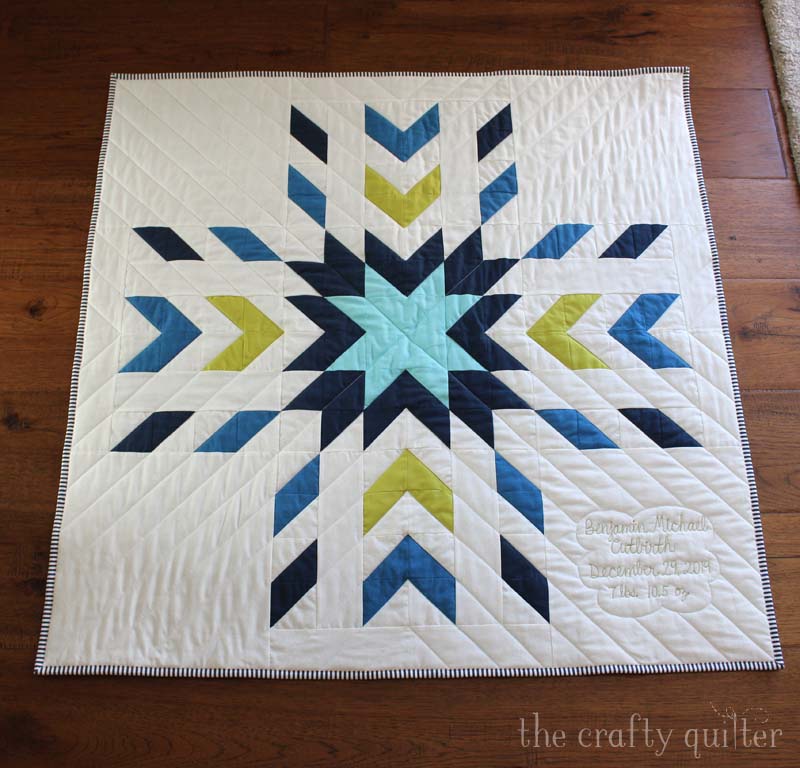
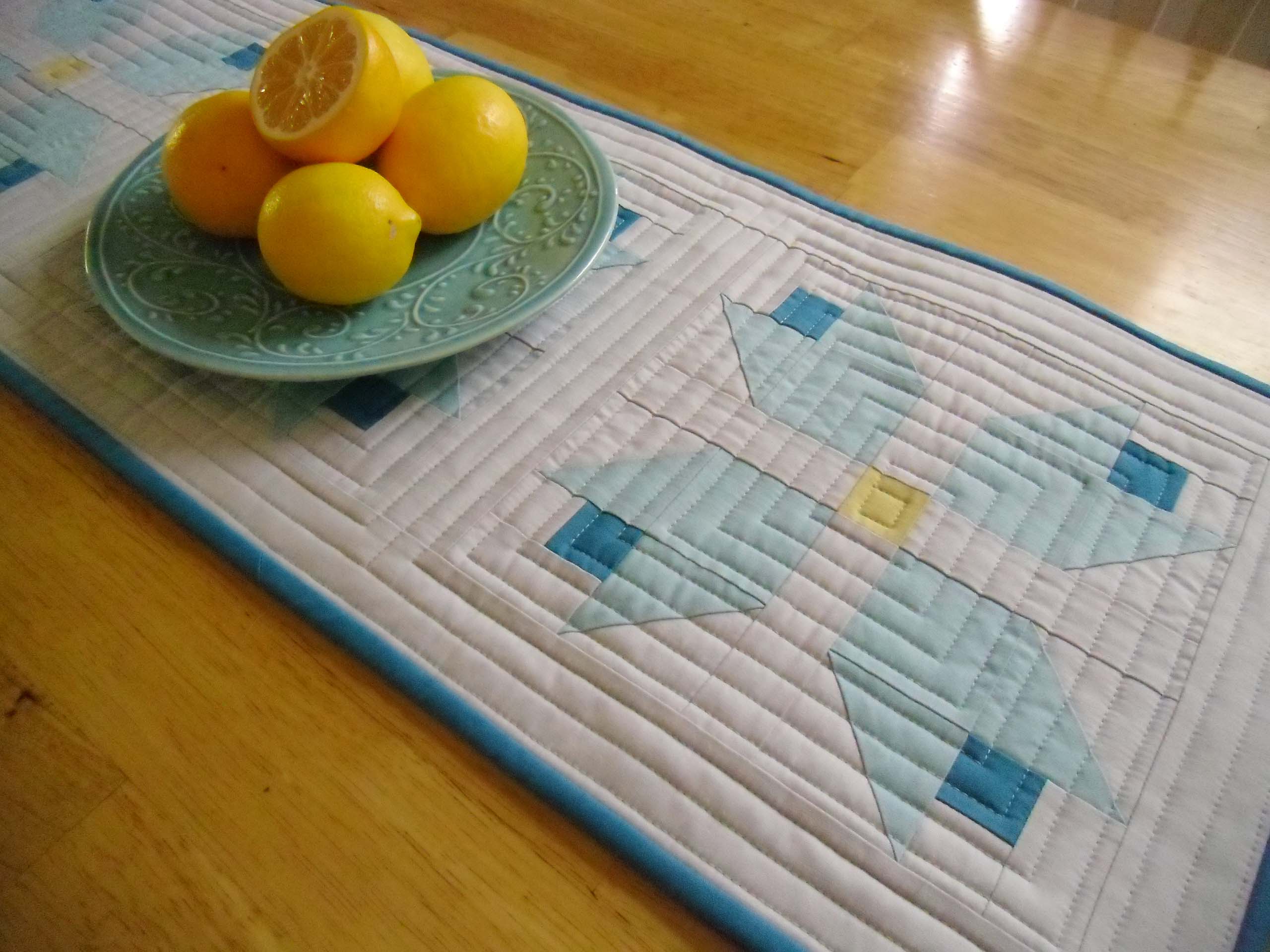

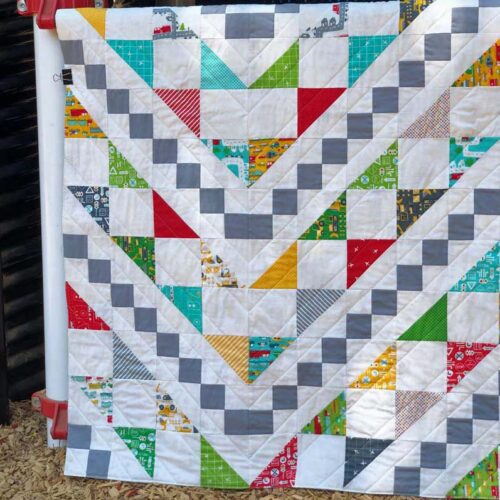
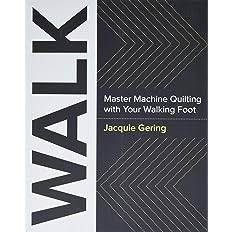
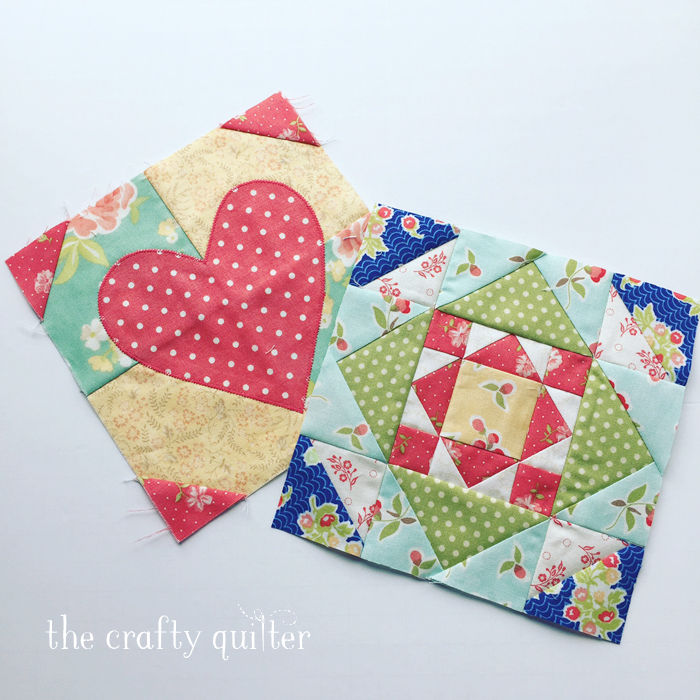
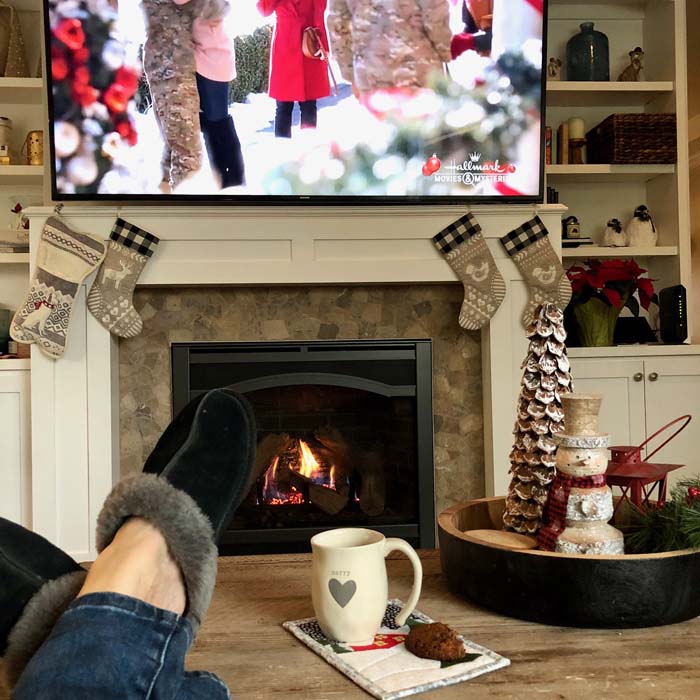
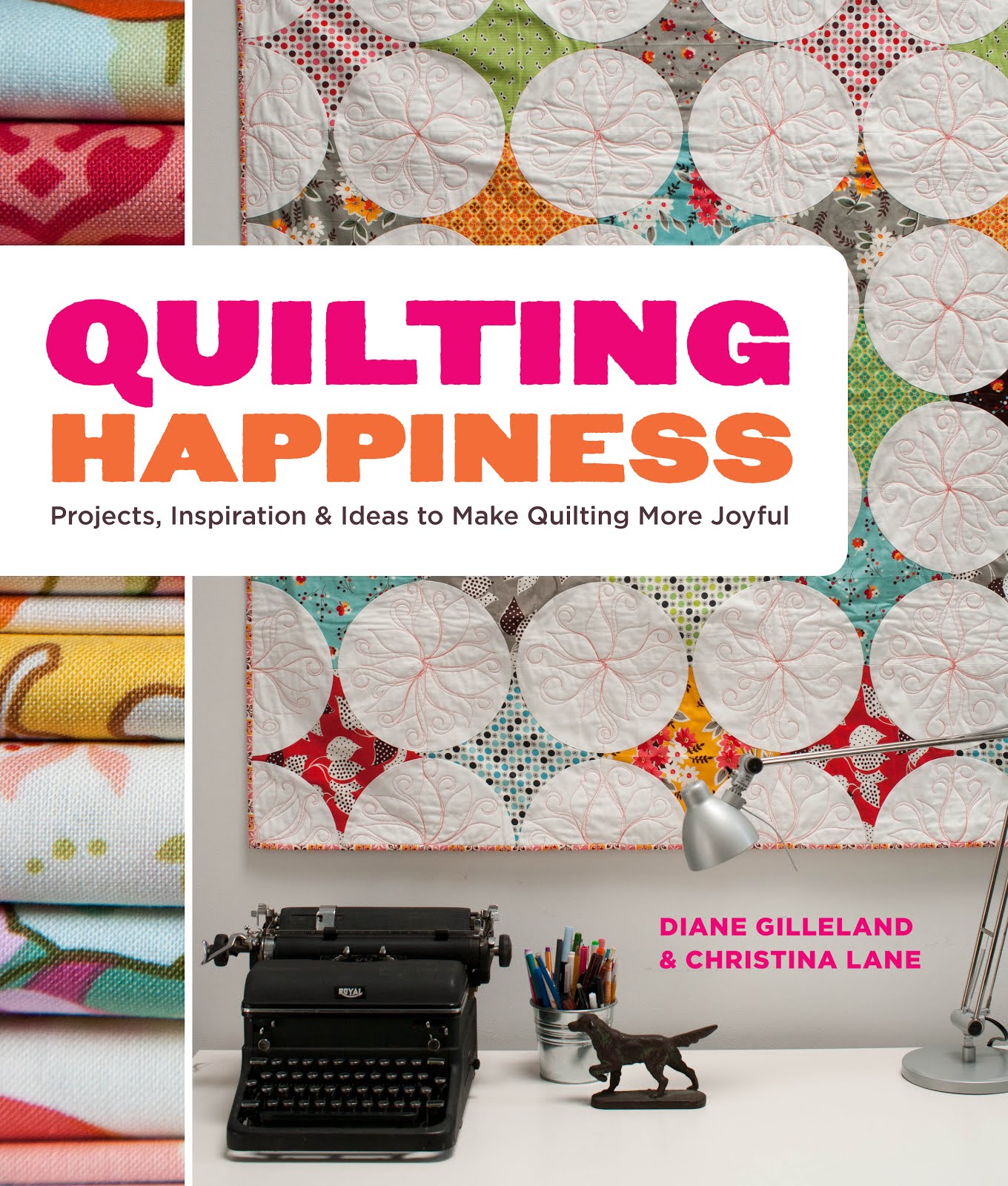
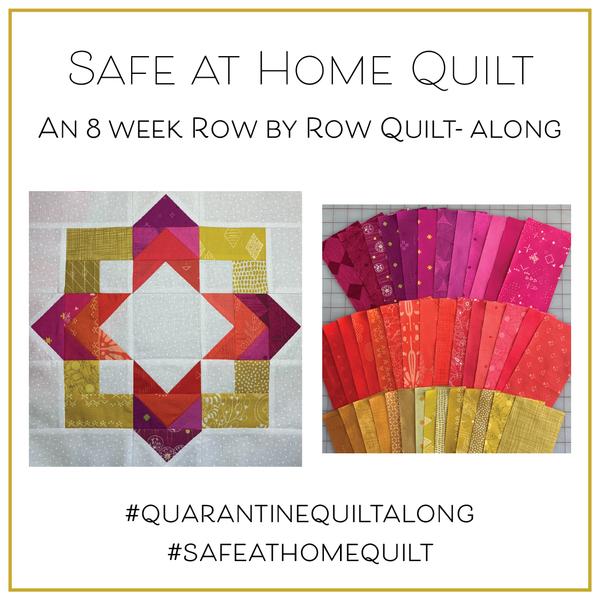
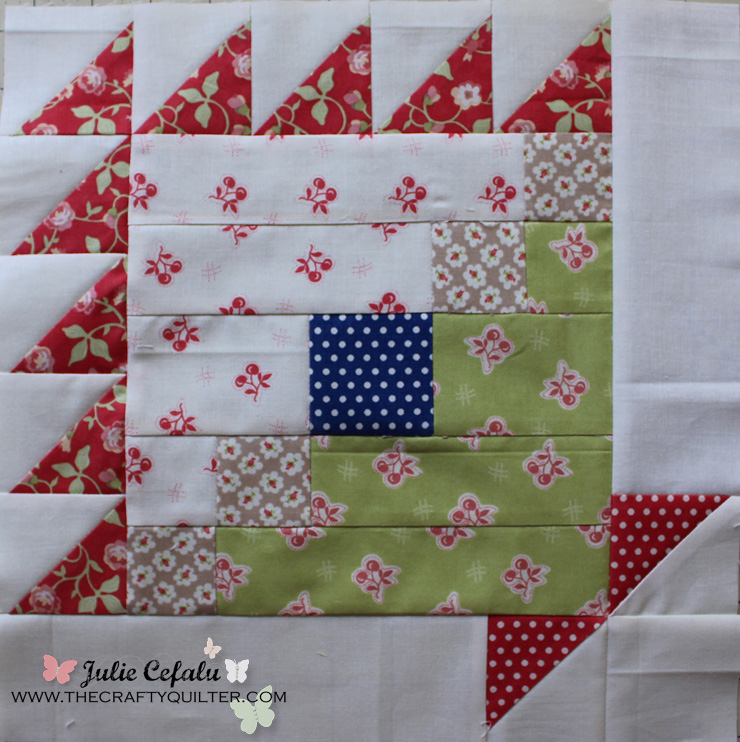
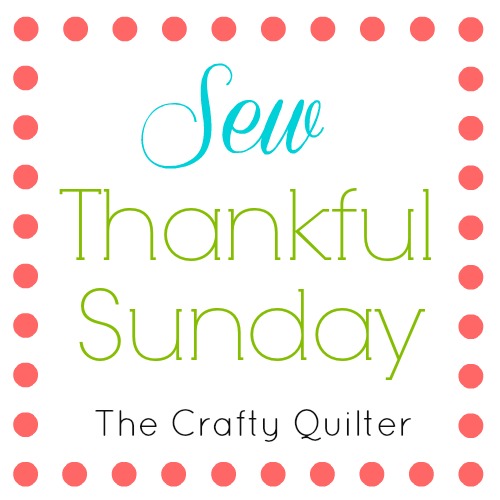
I love your review of straight line quilting. I am more of a crafter so your examples are great! Than you for sharing.
Great article thank you Julie.
Thank you for the great suggestions for straight line quilting!
Wonderful ideas and a good reminder of the many ways to make a straight line shine in quilting!
Liking the ‘Modern” look of straight-line quilting. Programmed the straight-line pattern into my Q-Matic (computerized) long-arm machine on a frame. What a fun time watching those straight lines stitching away. I actually did it on a second, but the same Riley Blake panel, that I had previously used for sit-down FMQ and Ruler-Work. What a difference in the look of the finished product. I like both, just different
Great info. Thank you for sharing!
Hi Julie, this is definitely more ‘my scene’ … and whilst I am in awe of your free motion quilting, I am delighted that you still give kudos to straight line quilting. As ever, your presentation with such clear examples does you such credit.
Warmly,
Patricia
Thank you! We need to remember that not every bit of piecing needs the steep learning curve of feathers…
Thanks for great inspirations Julie! Too often I just rely on “the ditch” or cross hatch. You always share such beautifully detailed examples.